The Dark Side of Parental Control Apps
NetmanageIT OpenCTI - opencti.netmanageit.com

SUMMARY :
Parental control apps, designed to protect children online, are gaining popularity but raising concerns about privacy and misuse. These apps require extensive permissions to monitor device activities, including location tracking, call logs, and message access. While some are distributed through official app stores, others are available directly from developer websites. Concerns arise from apps being used for spousal surveillance or privacy breaches. The article discusses app features, distribution methods, and promotion tactics, noting that some apps advertise capabilities beyond child protection. It also highlights methods used to prevent app removal and ways to bypass antivirus detection. The piece concludes by advising caution when installing such apps and recommending regular security scans to protect against potential threats.
OPENCTI LABELS :
surveillance,privacy,appcare/android.kidlogger,app permissions,smartphone monitoring,security concerns,child protection,appcare/android.manamgeri,parental control
AI COMMENTARY :
1. The Dark Side of Parental Control Apps reveals the growing tension between child safety and personal privacy as countless families turn to digital monitoring tools for reassurance. While these applications promise to safeguard minors from online threats, they also demand broad access to sensitive data. Users grant permissions that span location tracking, call log inspection, and message surveillance, placing immense trust in software that could be repurposed for harmful objectives.
2. At the core of surveillance functionalities lie intricate app permissions that facilitate real-time monitoring of smartphone activity. Labels such as appcare/android.kidlogger and appcare/android.manamgeri exemplify products that tap into device resources to collect granular insights on user behavior. Developers tout these features under the guise of child protection, yet the same capabilities can be leveraged to invade adult privacy or conduct clandestine spousal monitoring.
3. Distribution of parental control solutions straddles both official app marketplaces and unofficial developer websites. Applications listed on Google Play or the Apple App Store undergo some degree of vetting, but curated stores can still host tools with questionable ethics. Meanwhile, direct downloads from third-party domains often evade store policies entirely, raising risks of malware delivery and unverified updates. Unsuspecting users may be lured by aggressive promotion or the promise of extended trial periods.
4. Marketing narratives frequently stretch beyond child protection, emphasizing advanced features such as ambient call recording, stealth operation, and remote uninstallation prevention. These promotion tactics appeal to a market segment eager for omnipresent oversight, yet they tip into dangerous territory when deployed without consent. The potential for privacy breaches grows when apps advertise themselves as comprehensive smartphone monitoring suites rather than narrow parental aids.
5. To maintain persistence, many monitoring apps employ methods to resist removal, including device administrator privileges and obfuscated process names. Threat actors exploit these techniques to bypass antivirus detection, hiding malicious payloads within legitimate app frameworks. Users who attempt to uninstall such tools often find themselves locked out or repeatedly prompted to disable security settings, underscoring the need for transparency in app behavior.
6. Security professionals recommend a cautious approach when selecting parental control software. Prior to installation, individuals should verify the app’s reputation, review permission requests, and consult independent threat intelligence sources. Enabling regular security scans and updating antivirus definitions can help detect hidden modules like those found in appcare/android.kidlogger variants. Clear communication with family members about monitoring practices further reduces the risk of misuse and legal complications.
7. In conclusion, parental control apps occupy a precarious intersection of child safety and personal privacy. While well-intentioned tools can shield minors from digital harm, they also open pathways for surveillance and data exploitation. By understanding distribution channels, feature sets, and evasion tactics, users can make informed decisions that balance protective oversight with respect for individual rights. Vigilance and ongoing security assessments remain essential defenses against the dark side of these powerful applications.
OPEN NETMANAGEIT OPENCTI REPORT LINK!
Use public read only username and password on login page.
NOTE : Use Public READ only user credentials on login page banner.
The Dark Side of Parental Control Apps


